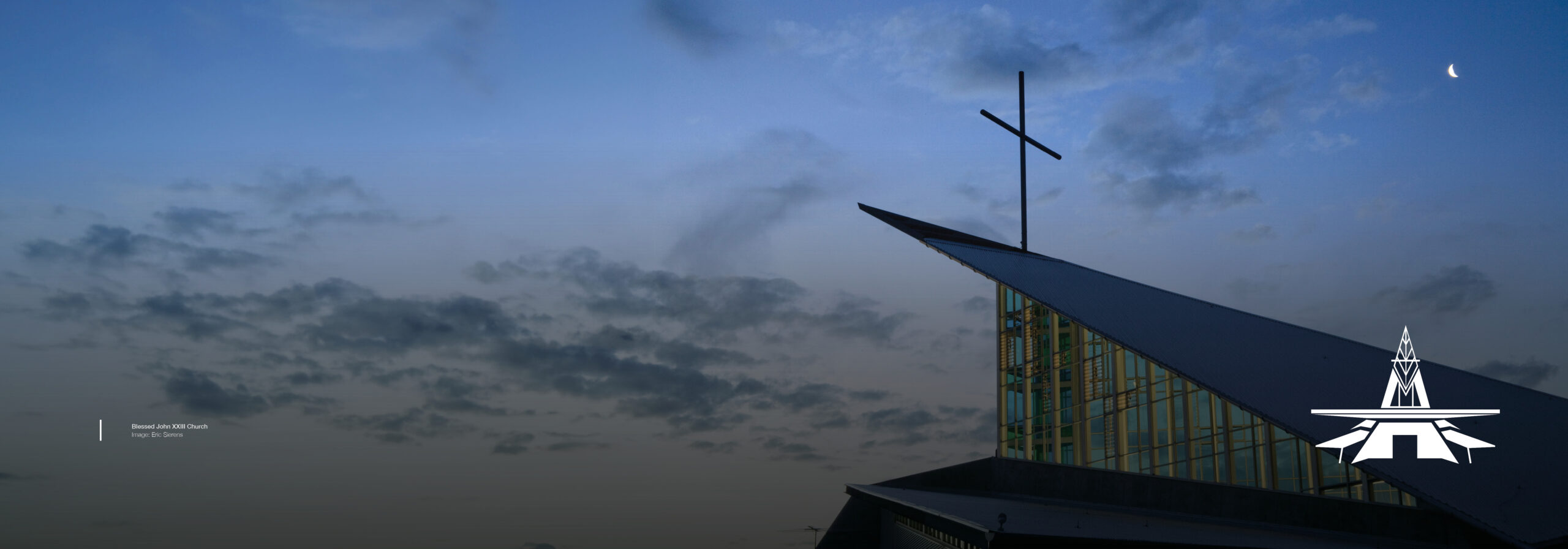FROM POKIES TO PEOPLE: REFLECTING ON MARK TROTTER’S CAREER
Fulton Trotter’s New Practice Fellow
In 1982, at a time where sheaths of butter paper filled bustling, predominantly-male, inner-city design offices, a promising young architect emerged; officially registered, yet totally unaware of the community and industry shaping impacts he would create across the course of the next 40 years.
With nothing more than a freshly printed qualification and a deep-set passion for the human side of design excellence, Mark Trotter would go on to forge new, progressive and exemplar design outcomes recognised at the highest, most respected industry levels across Australia.
Now, a decorated Churchill Fellow and industry leader, Mark Trotter announces his move to Practice Fellow for Fulton Trotter Architects. Here he shares his story, revealing the magic behind his wonderful career and legacy supporting the creation of an enduring, much-loved, and respected Architectural practice today.
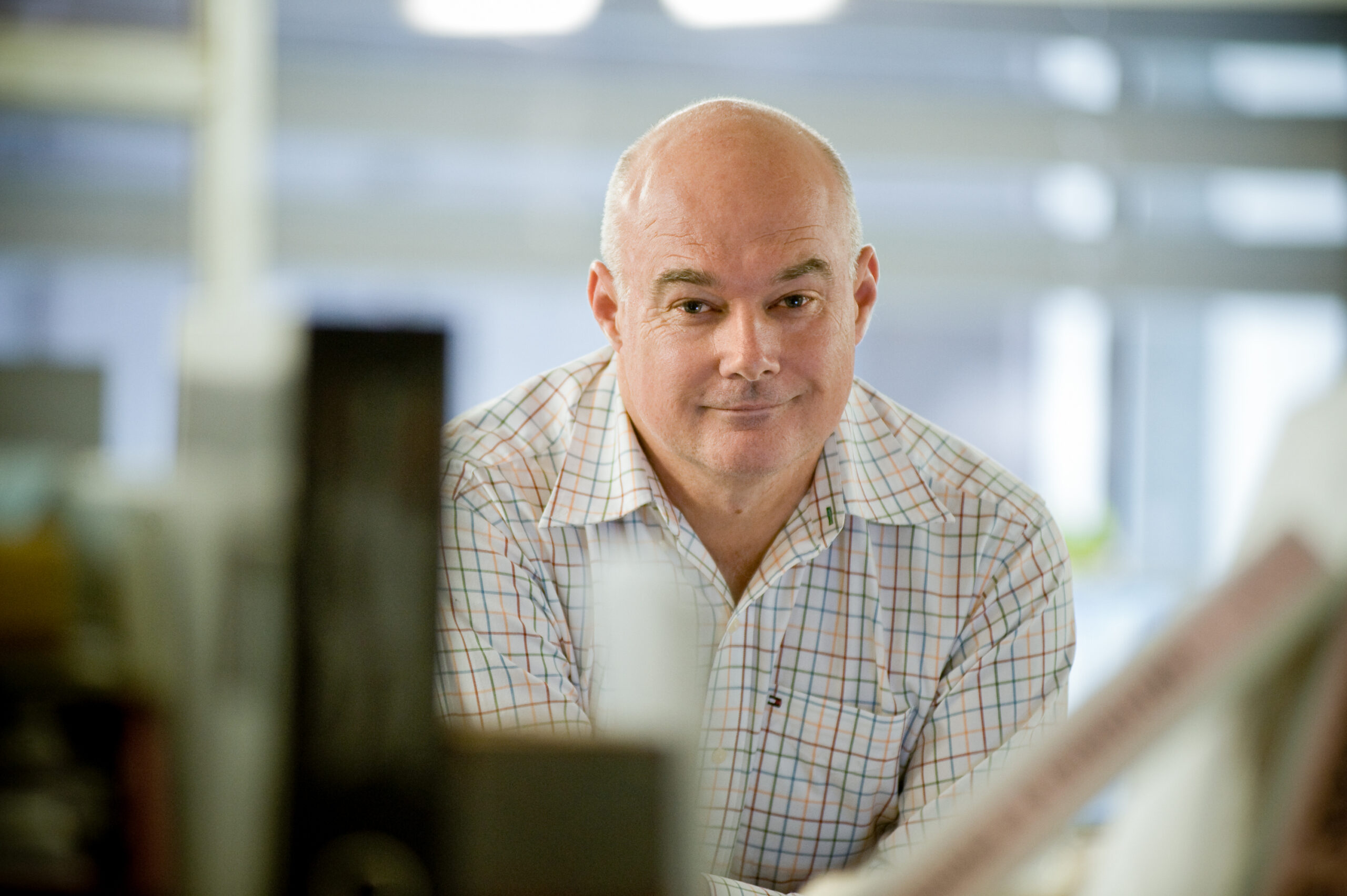
The (Young) Architect Within
Having worked alongside Graham Bligh at Bligh Jessup Bretnall at the start of his career, Mark did a few years with Fulton Collin Boys Gilmour Trotter and Partners (now Fulton Trotter Architects) , his father’s firm, before graduating and moving away to Gympie in support of his wife’s teaching career.
“When the 1982 recession kicked in, I was working short hours in a Sunshine Coast office and started drafting jobs on the side. My brother Richard, the policeman, (there’s two other brothers in architecture and art) came to see me and told me I was an idiot for leaving dad’s practice. It was then my dad called me with an offer to start an office in Tweed Heads. I got off the phone.
My wife said get back on the phone and say yes.
So, I did”.
However, Mark admits it was far from a silver spoon moment. He had to work hard to prove himself early on, and recognised he had always felt something more independent calling.
“I enjoyed working with dad, but for some weird reason I was always a fiercely independent little bugger. I felt I needed to do my own thing. But when the offer from dad arrived, I thought I’d at least give it a go, as I would have the independence of being in my own office. I was only 23”
“I had done a few private jobs at Uni and got the taste of doing my own designs, and I was ready to go. There were some challenging times from 1982 to 1987 where we had a lot of work to do but I had never managed a team before, let alone an office with only a phone in pre-computer or even fax days.
“I remember a difficult meeting with dad one day who said, ‘if it’s too hot in the kitchen maybe you should get out’. At the time I thought this was pretty harsh, but I guess if you want a diamond, you’ve got apply some pressure.”
“I had three years to make it work and I’m not sure that was realistic. But I can’t recall having doubts in achieving this – it was probably more excitement. “
And Mark did it! The Tweed office under his leadership, built momentum, continuing licenced club works but building a portfolio of exciting new residential works.
At the core of this early success? A youthful perspective at a time where change was needed to stay at the fore of great design practice. It was an advantage. A fresh view of the world, and what was possible, that would elevate the family practice’s traditional status quo of trusted hands, to a new breed of progressive, tailored, and transformational architecture via the establishment of the Tweed Heads branch office.
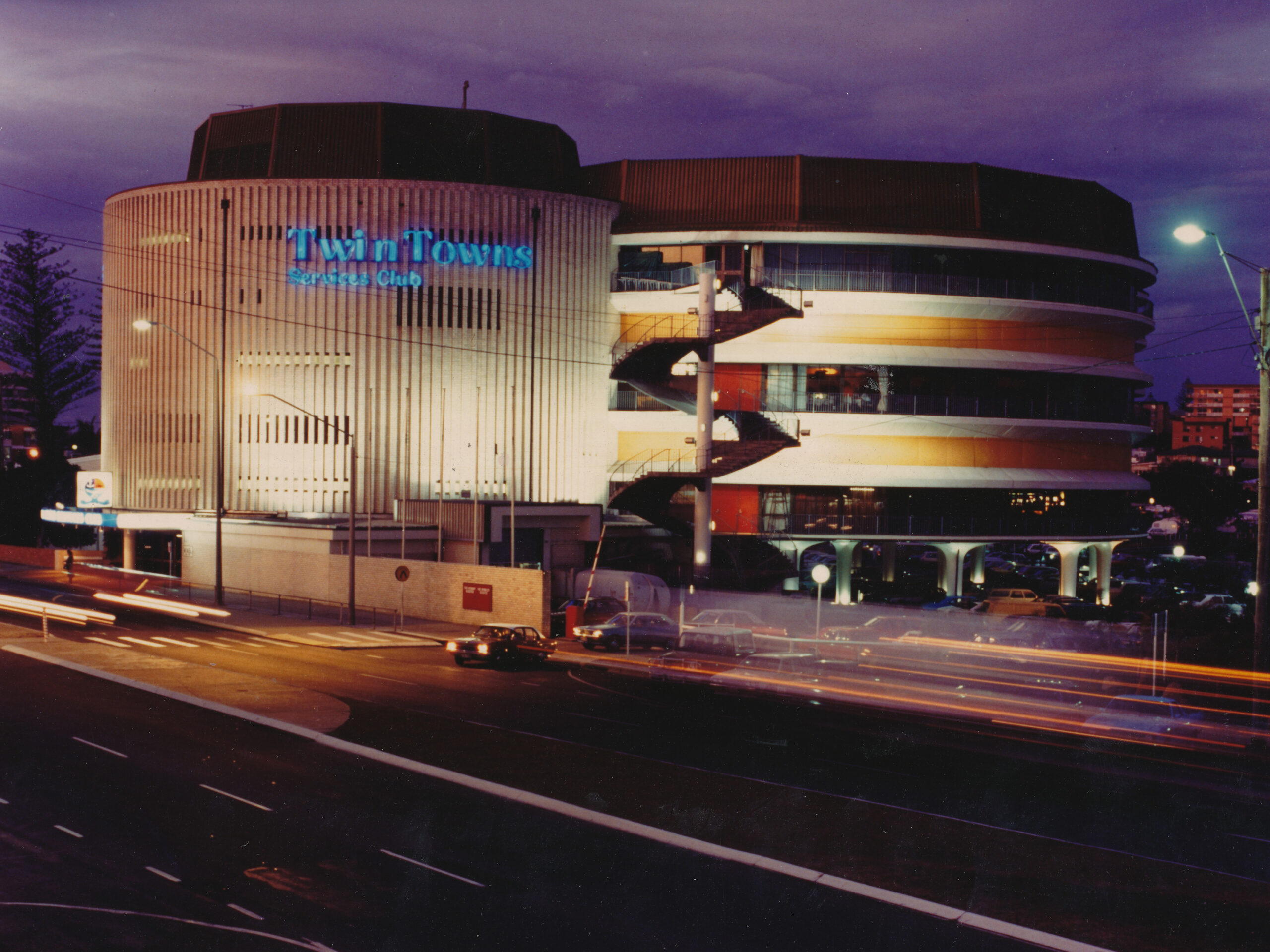
Twin Towns Services Club, 1985
Image © Unknown
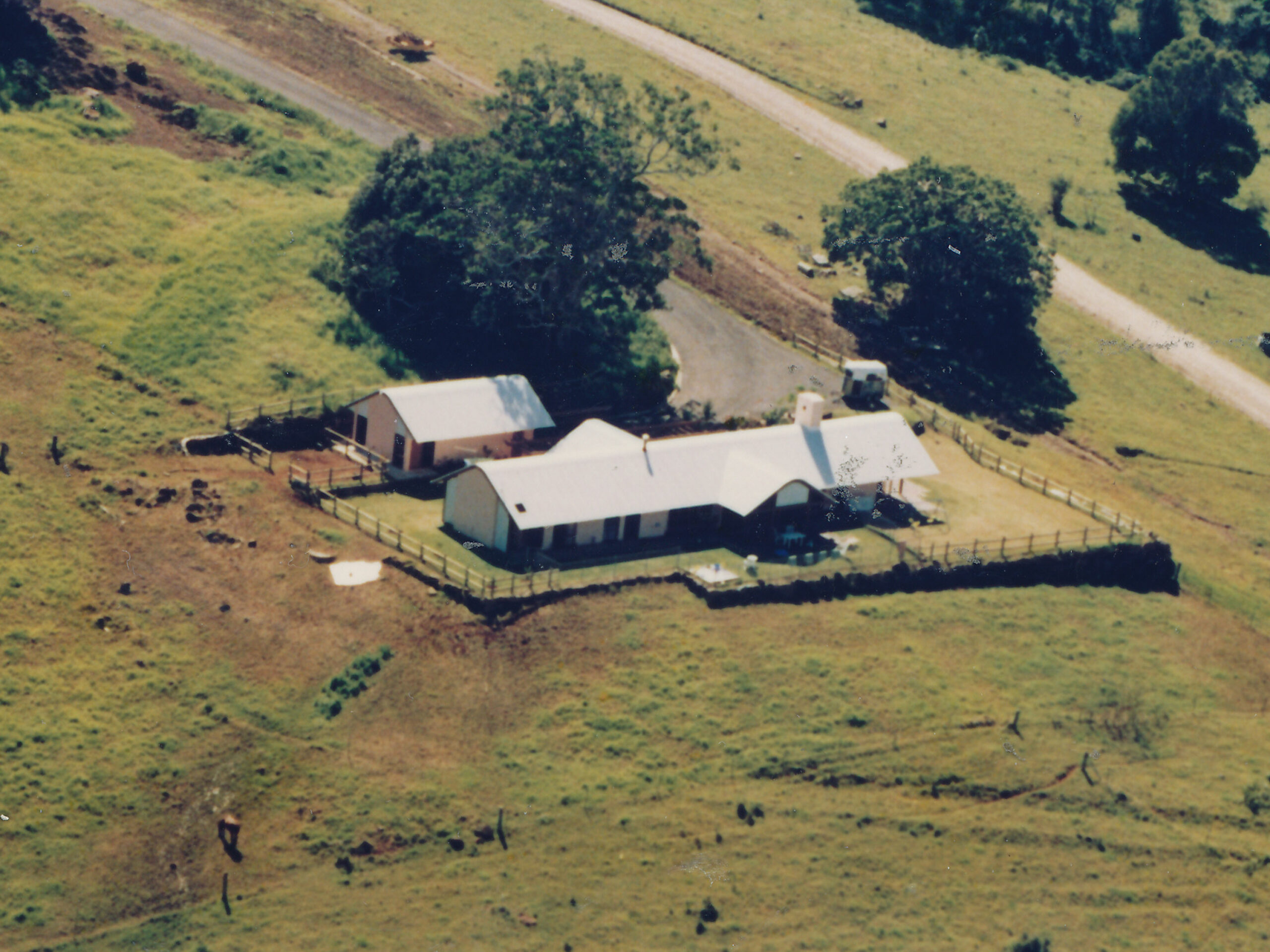
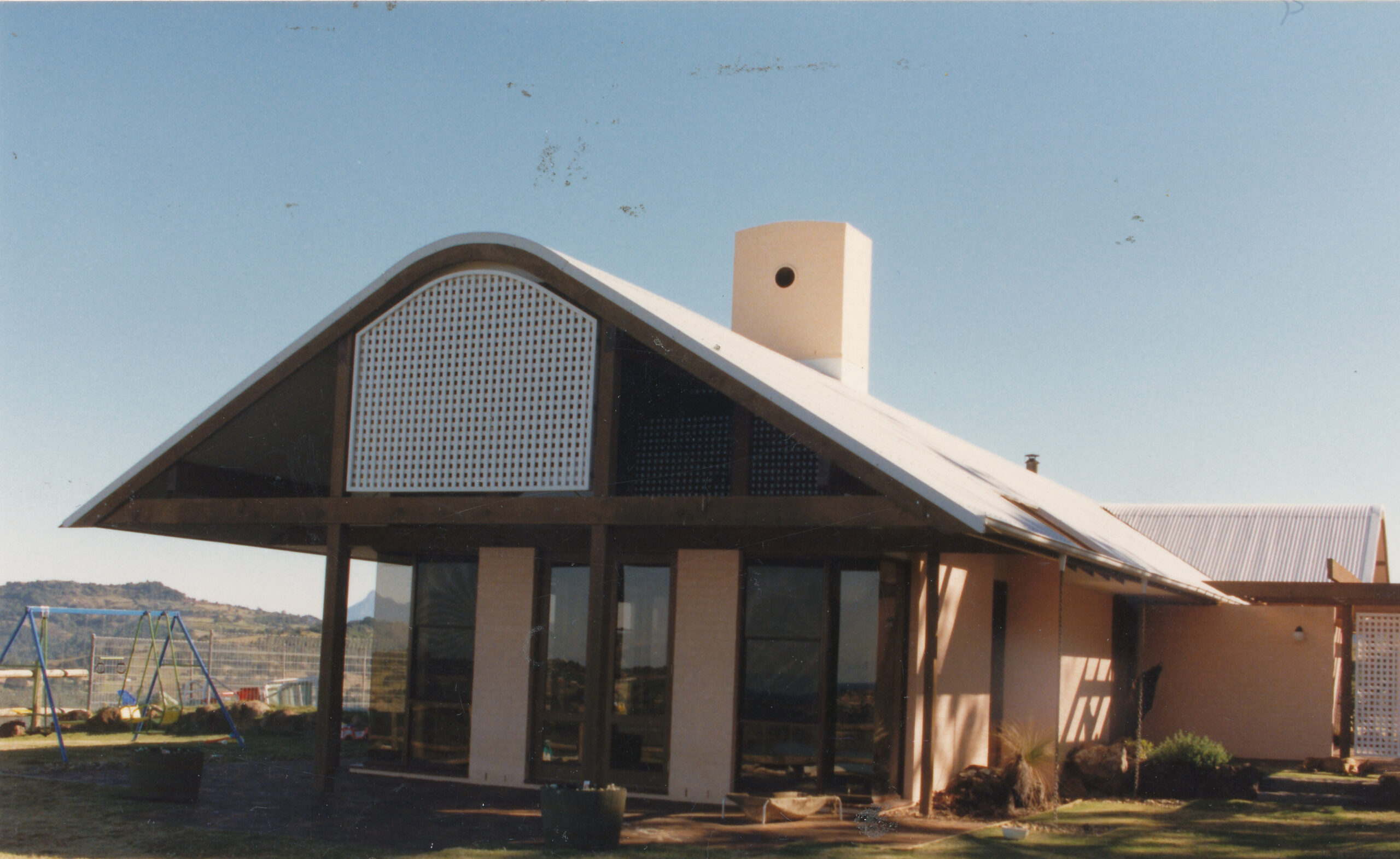
Blundell Residence, 1987
Image © Unknown
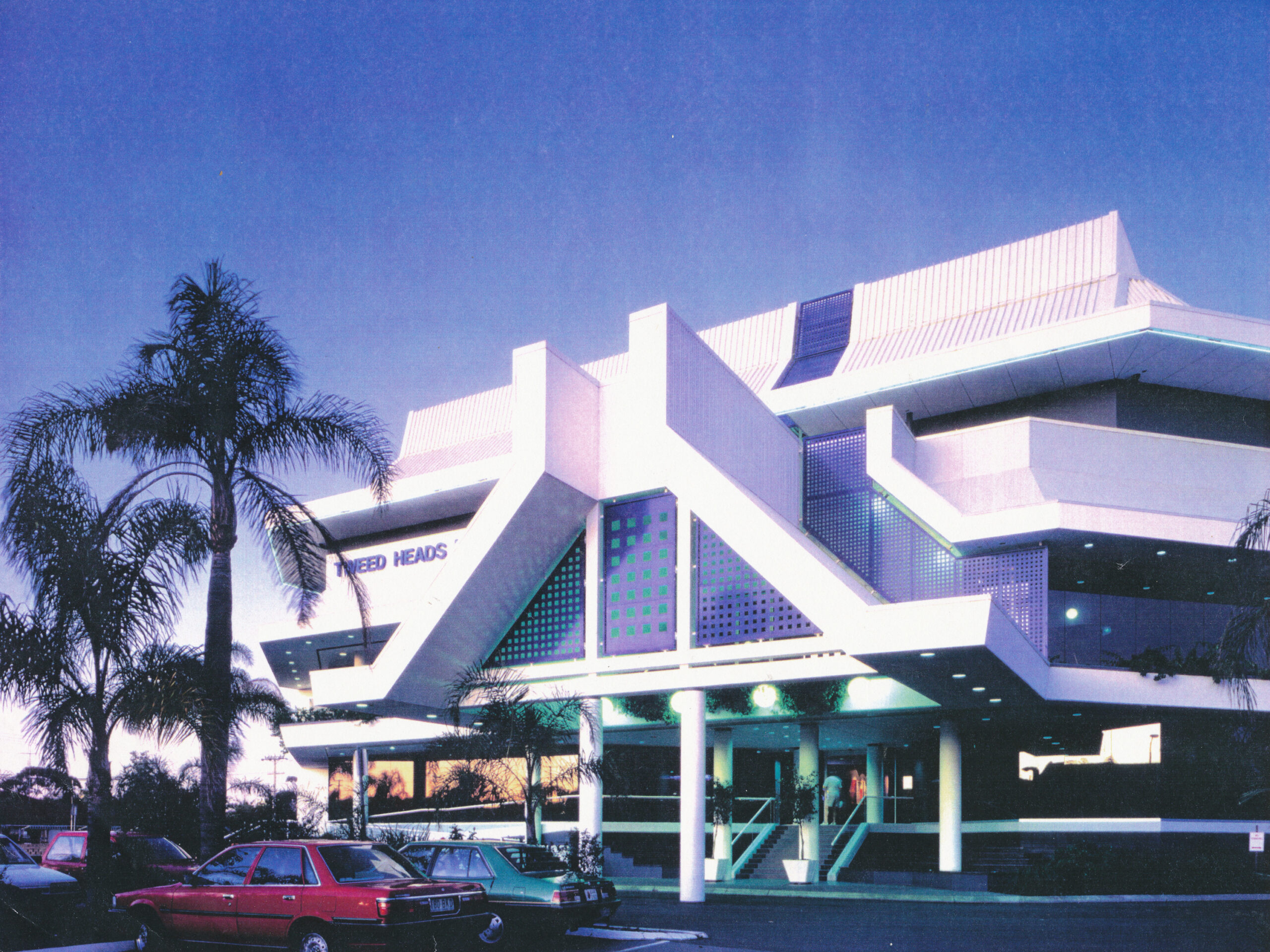
Tweed Heads Bowls Club, 1987
Image © Unknown
The Big Break: Demand It, Don’t Ask
At 29, Mark made his big break. And this marked a moment in time where a new level of organisational transformation began. And, where that ‘something different’ Mark was looking for, had finally arrived.
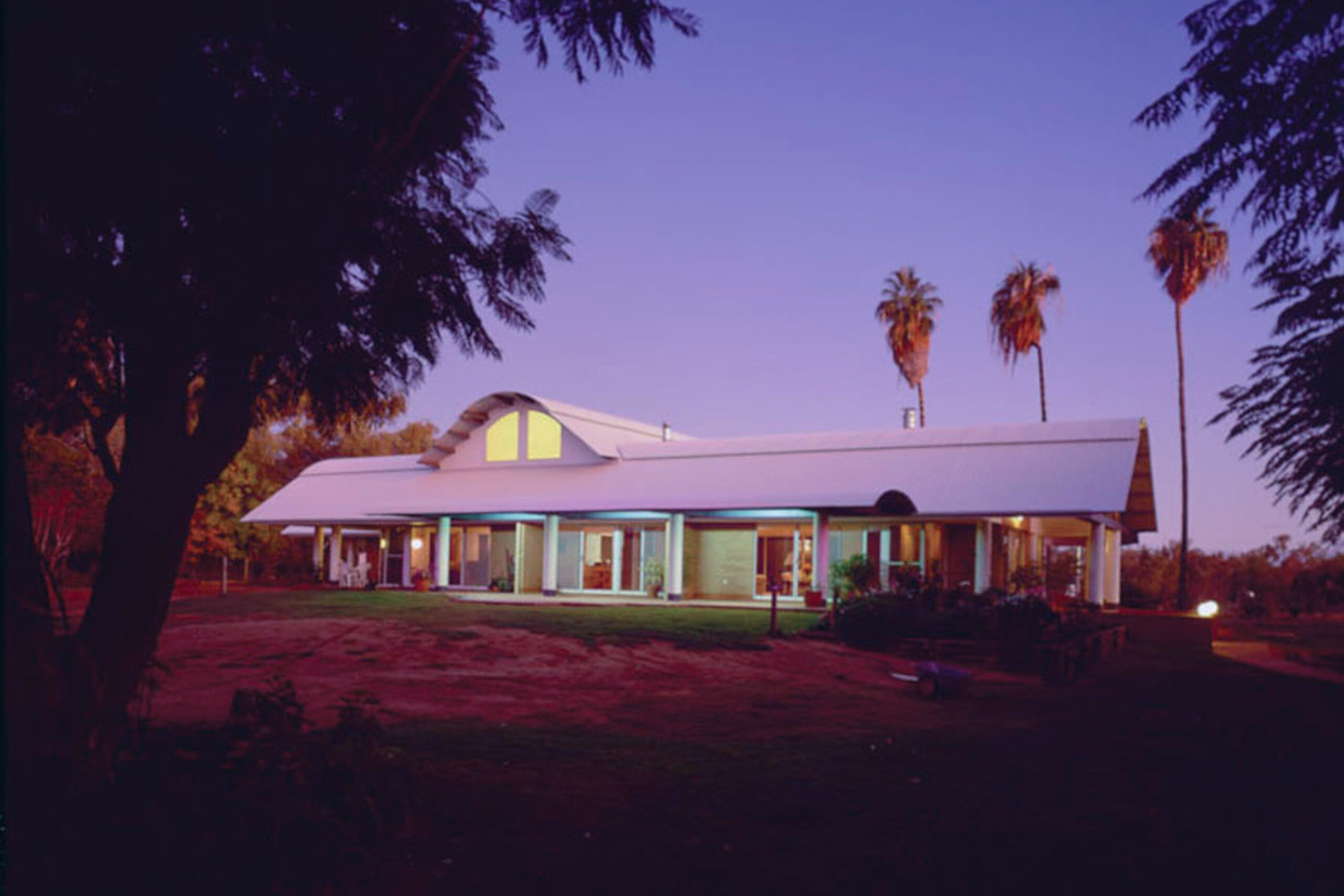
Baroona Homestead, 1991
Image © Richard Stringer
“There was a moment in 1987 where I wanted some management training as I had grown the Tweed Head office from just me to 6 staff. Our Brisbane office was struggling and not as innovative as it once was, and our other teams were small, whereas I had six in my office at just 27 years of age.
I found out about a management course that was innovative and I just paid for it myself. At the same time, I also decided I needed to go to a design conference, so I attended one in Sydney, and the combination of these two events made me feel suddenly alive.
Designers such as Toyo Ito, Charles Gwathmey, Phillip Cox and Darryl Jackson spoke.
I was inspired.
I hadn’t really done any theoretical design at Uni and it didn’t involve a lot of study on international architecture. Sure, we had great lecturers like John Dalton and Jim Wooley, but it was all so locally focused. I wanted more emphasis from further afield. So that experience of the conference and course lit a real spark.
Then at 28 I asked how do I become a Partner? I was being a bit demanding, but I felt I had proven myself, and wanted to do more, so they said yes, and I became a partner at 29.
As that was happening, we kept winning new combinations of work and became the flavour of the month in the Tweed. We won some awards, and this catapulted me and the practice into other work via new types of design recognition.”
An Evolving Purpose: From Pokies to People
With an elevation in Mark’s leadership, came greater clarity around Fulton Trotter’s changing organisational purpose. Over the next few years, Mark was joined in the partnership by brother Paul, as well as long-time friends and colleagues, Robert Wesener and Andrew Armstrong, who shared the journey of reinventing and growing Fulton Trotter Architects.
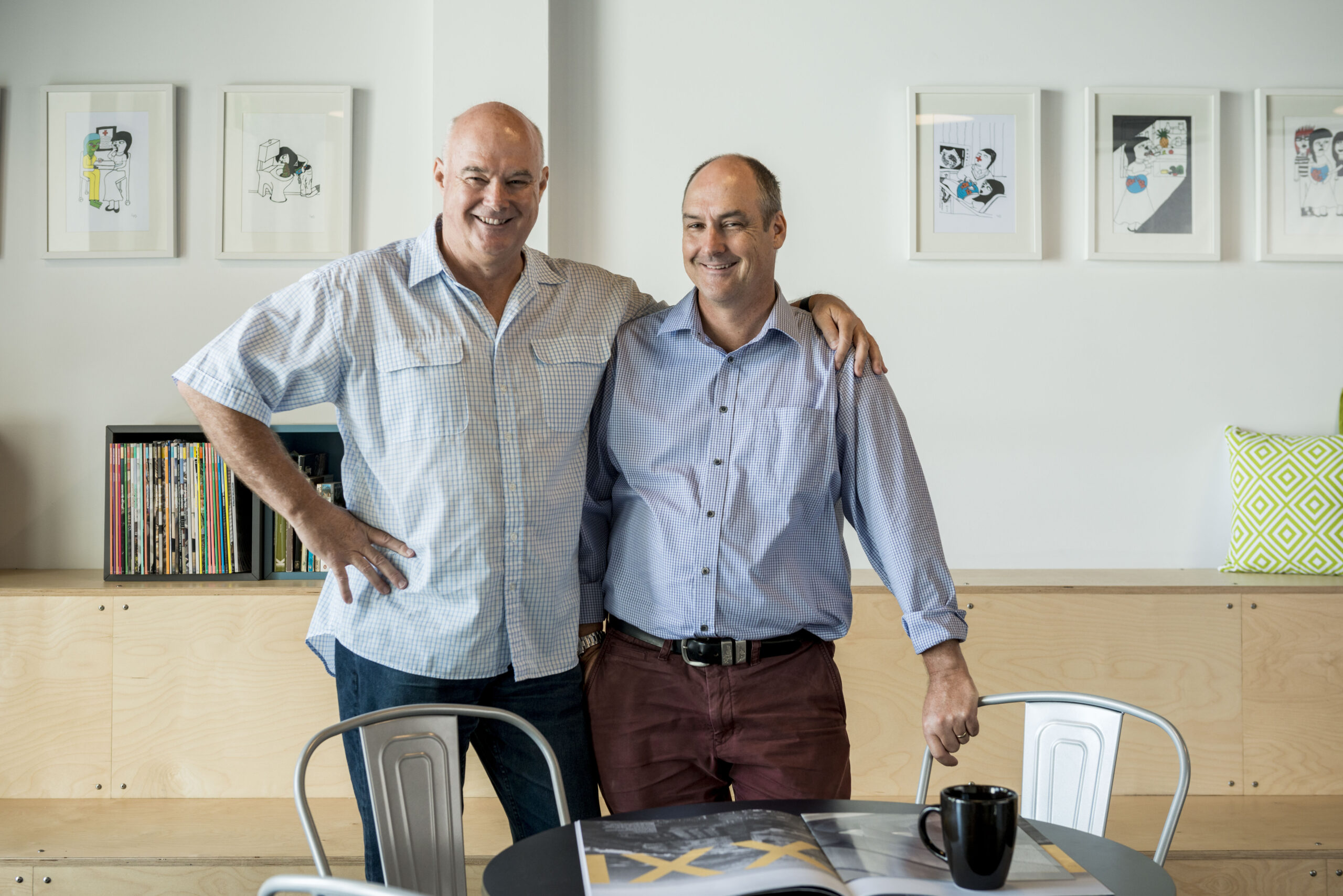
For Mark, the idea of testing new sectors and winning more work wasn’t driven by a need for industry domination. Instead, it was about delivering more amazing work that really stood for something. Something that would drive the evolution of the practice’s purpose, unite the team, serve clients more meaningfully, and inspire better design outcomes as part of a deeply committed way forward.
“In 1995, we were doing a lot of great design and construction work within the club sector. But we weren’t enjoying it. Clients weren’t treating us well and the work was ok, but as the market evolved, it was becoming increasingly dominated by gambling and poker machines. We had gone from designing clubs for people, to clubs for poker machines.
All that didn’t sit well with us. So, we ended up sacking the club client. Honestly, it was the best thing we did. Around the same time, we won a pivotal Western Queensland hospital job, and a major Tweed Heads school project. This was a new moment in time, and the genesis of the Health and Education fields we’ve come to specialise in today.
We became very committed to this type of work very quickly. In 1995 Fulton Trotter did our first ever strategic business plan where we formally agreed to pursue the work of health, education, aged care and cultural projects underpinned by these values.
We agreed as a business that we wanted to do more meaningful work of which we could all be proud. We wanted to deliver projects that created real, enduring, cultural and community impacts.
Luckily for us, this was also where governments were spending at the time. And my learnings from going through the 1992 Recession was that this was also a way for Fulton Trotter to stay strong through the challenging times.
And it worked. We were perfectly placed when the GFC hit in 2008. Our office actually expanded in this time and around 80% of our work was schools. We had delivered some terrific work on the normal course of design, and this then led on to being engaged for larger master plans across Sydney and Brisbane.”
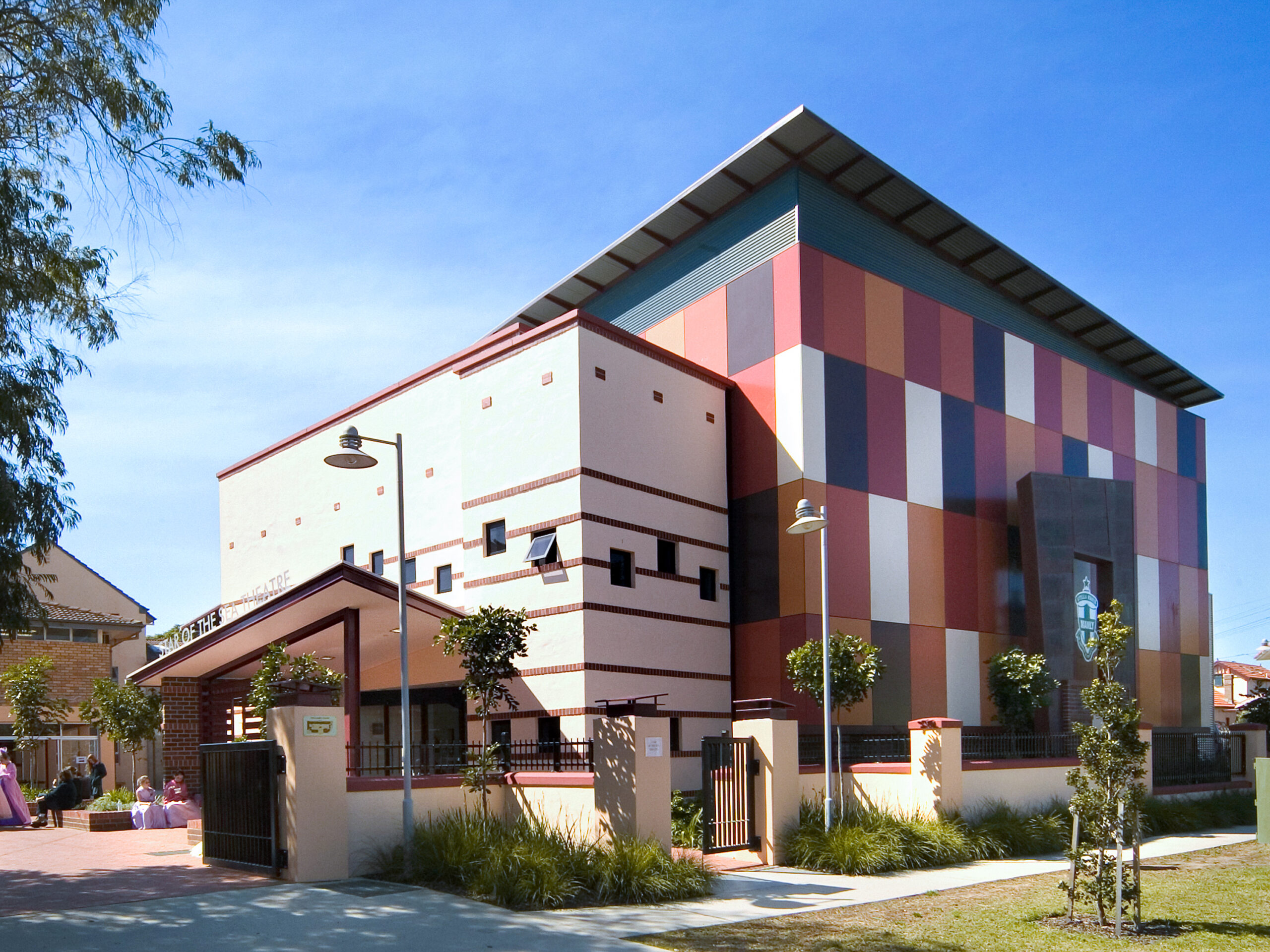
Stella Maris College: Star of the Sea Theatre, 2003
Image © Eric Sierins
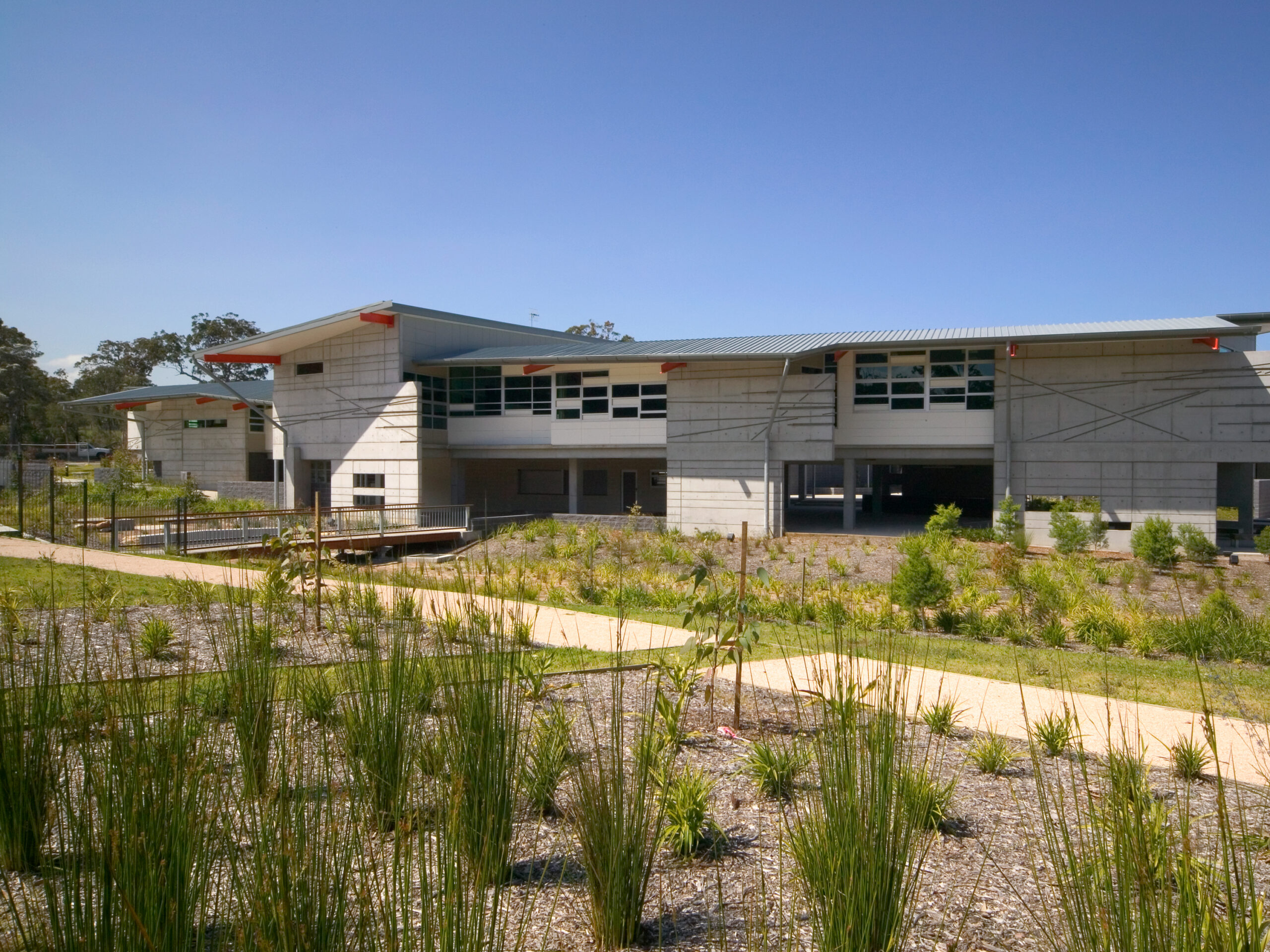
MacKillop Catholic College: Library Building, 2005
Image © Eric Sierins
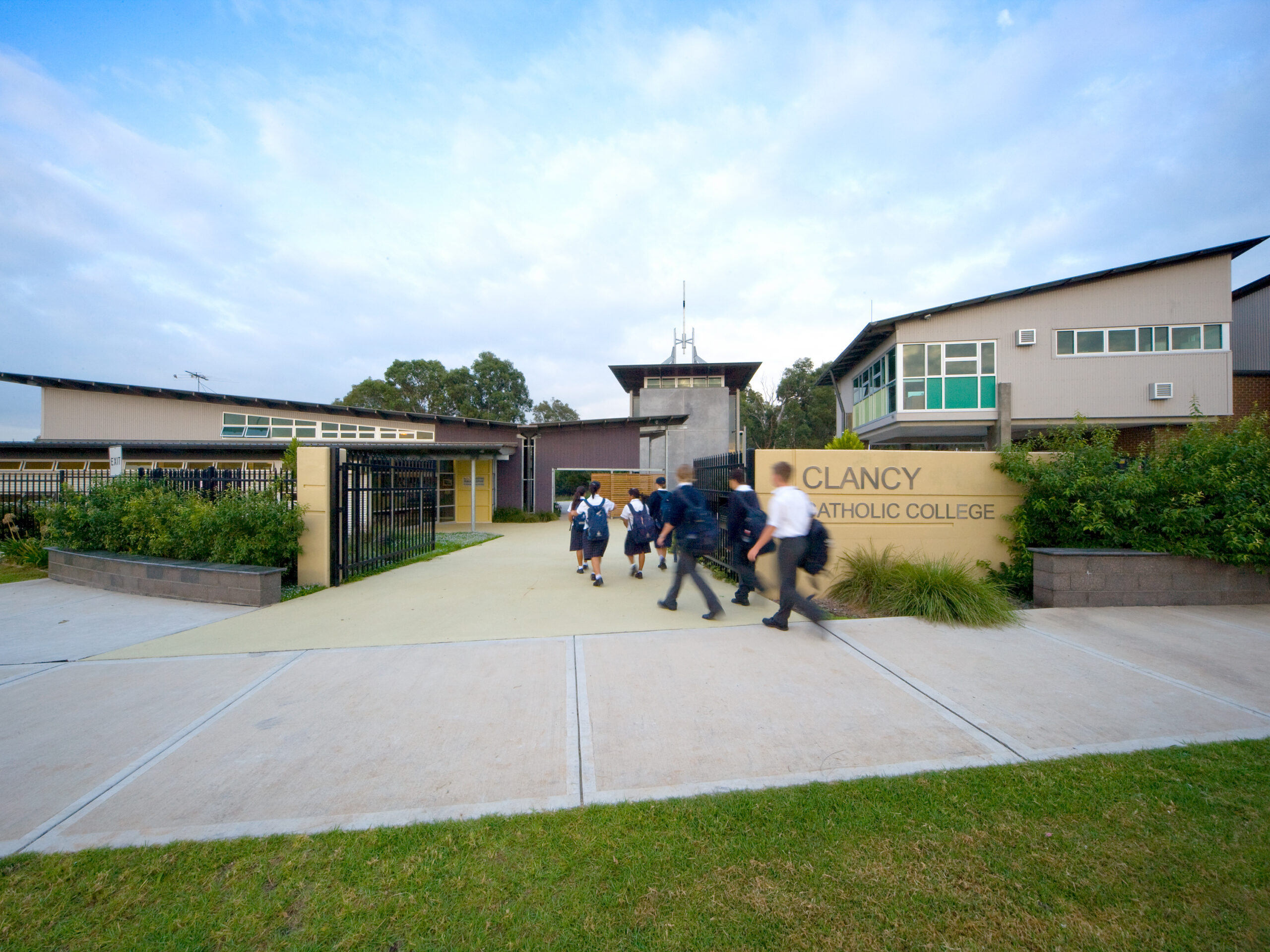
Clancy Catholic College, 2006
Image © Eric Sierins
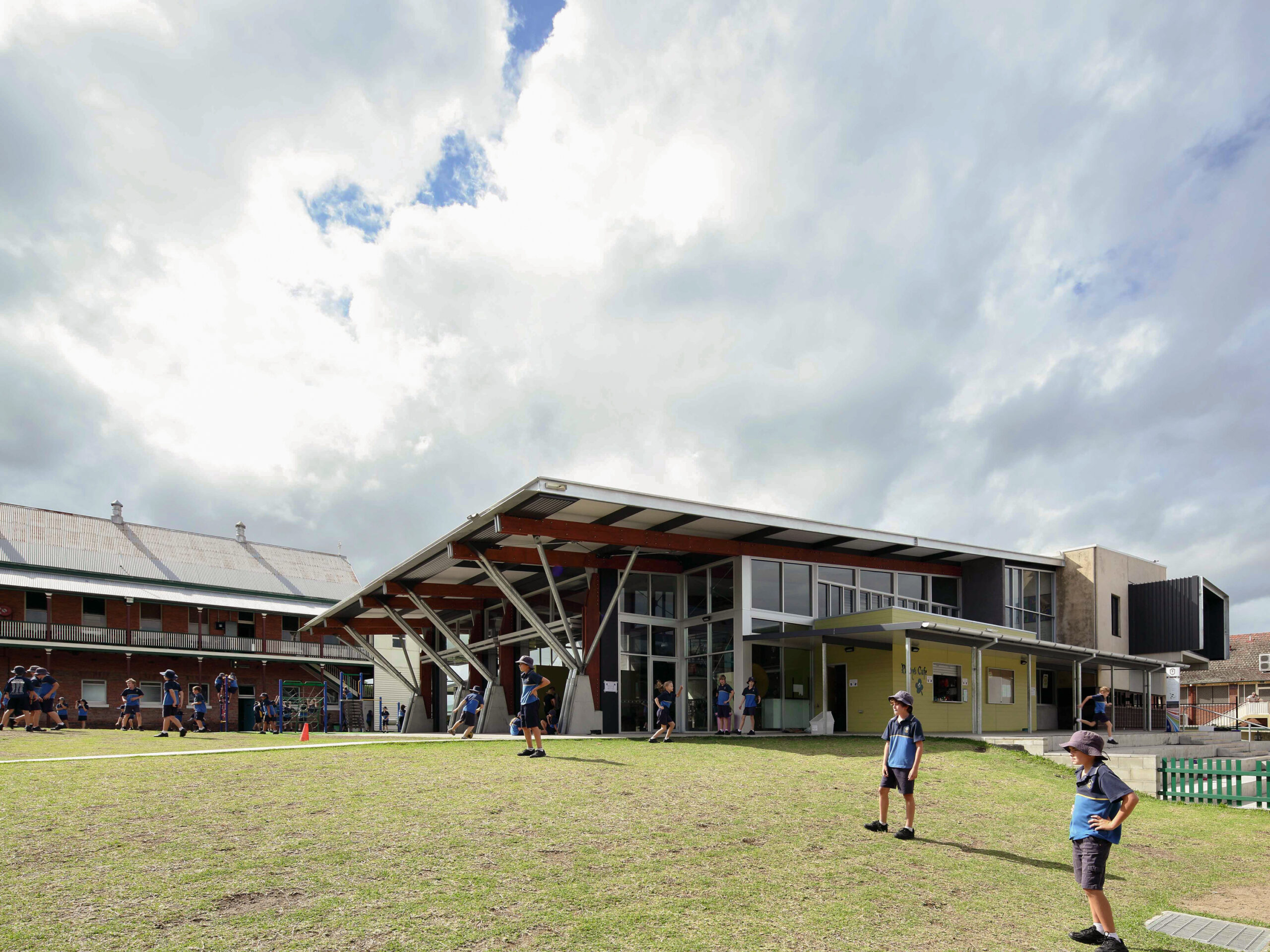
St Patrick’s Primary School, 2009
Image © John Mills
Secrets for Succession
Now, as Mark transitions to Fellow of the practice in 2023, he moves ahead confidently knowing that the historical learnings, commercial legacy, and cultural values of his time will remain firmly embedded in the organisation’s DNA.
“When we hit a point where my brother Paul and I were really the two running the practice’s project base, we decided it was time to start succession planning with a group of exceptional professionals, who are now today’s leaders and long-term members of the Director team. Together we have been building the next iteration of Fulton Trotter Architects. And we have done this, which has been happening for several years.
I think Fulton Trotter Architects currently represents our most amazing generation of professionals. Back when I began, we were drawing on tracing paper and had none of the same consultation or co-design processes we utilise today.
It was an all-male office, now this has entirely changed with incredible women at all levels of business. It’s a different place now.
We have extraordinary technology. We have pressed the social and political changes that have happened over time and have done good things in response, but on our terms.
We have tried to be good citizens and we have continued to evolve and change and be a chameleon to suit the times. However, we have also held strongly to our ethics, core beliefs and core relationships.
We continue to be a bastion for retaining the broad and fabulous, overarching nature of truly good architecture all the way through from design to construction, and we have trained a lot of our people to continue to do that, and I’m sure under the leadership of the continuing Director and Associate Group, that the practice will continue this legacy, and they will go well.”
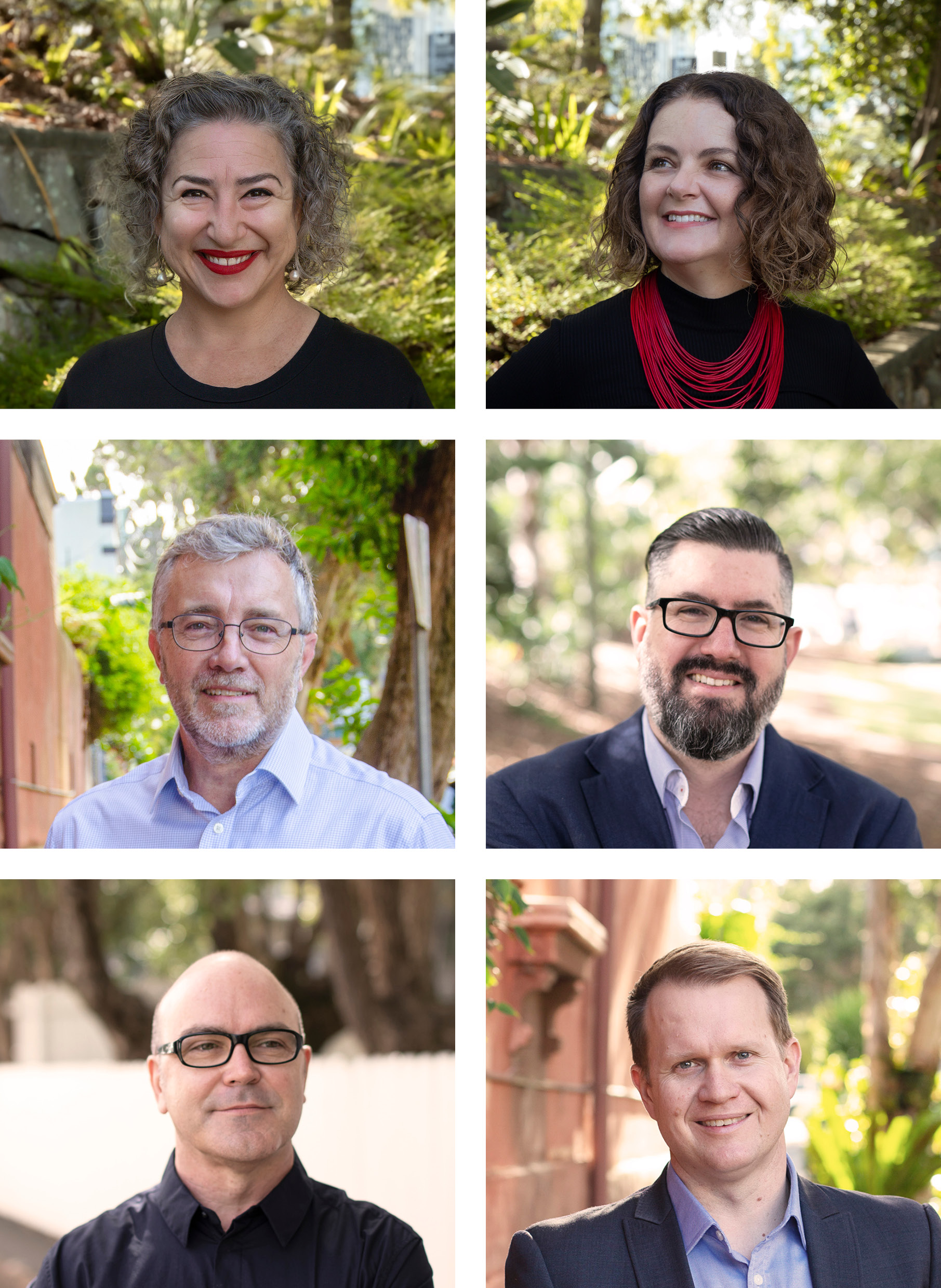
Practice Directors
Advice to young Architects
From one former young Architect to another up-and-comer, Mark believes in having a go, building a passion within yourself for your own unique approach, and gathering likeminded people around you. He also believes that being bold enough to pursue your ideas is the secret to architectural and business success.
“It’s always been that way. I like to set that challenge for our people, and say yes, you are young, but have a go.
The best designers don’t wait to be asked, they take their chance to show you great things. That’s what I did. So, getting on the front foot is one of the big ones. Don’t be shy to have a go, and when you do, don’t be shy to push your cause as much as you can.
Don’t be afraid of passion. To succeed you need to be open to change, to listen, and to think, but ultimately you need to develop some concepts within yourself and become passionate and pursue them with vigour.”
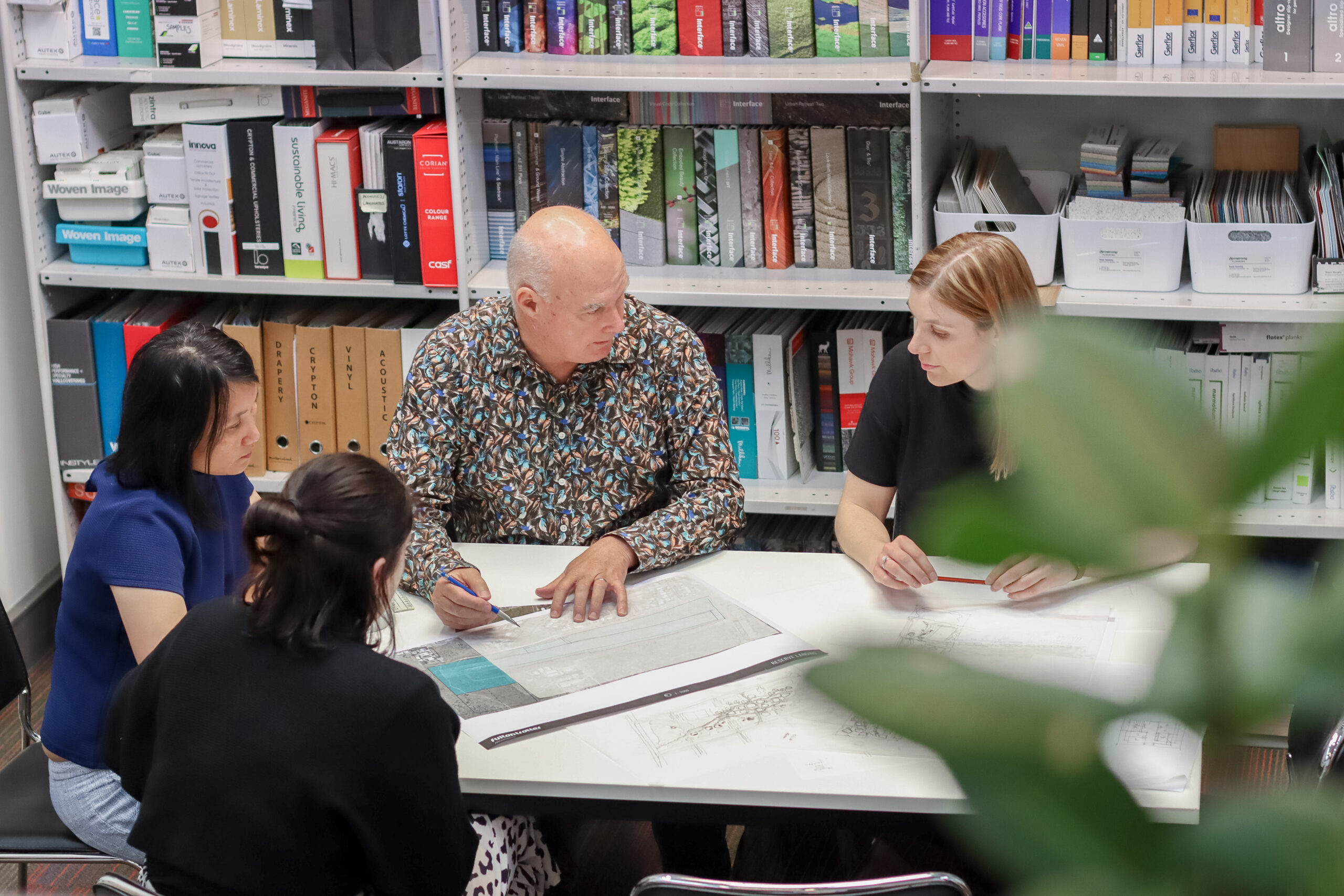
True Moments of Perfection
Whilst Mark’s professional standing within industry is now transitioning to a well-earned forefather of Design Excellence, his own innovative, adaptable, social, and impact-driven values remain the same as his first day on the job back in 1982.
Now, these values exist as organisational values too, firmly embedded within Fulton Trotter and the next generation of leaders. And this, above all else, is one of the greatest legacies of which Mark should be most proud. Because in Mark’s words, “it’s always been about people, not just great design”.
“I love doing the design work, there is something beautiful about when you see the scaffolding come down, or the lights go on for the first time, its magic.
But every building is imperfect in some way. And imperfection is a normal part of the reality of design.
I am my own worst critic in the last few weeks of the construction process, I still tell myself negative stuff about what I got wrong.
So, your own expectations of yourself and what you are trying to achieve can be deflating. And there is also often a grief around the imperfection, that you need to deal with.
But what matters are the moments that come after. Suddenly the project is finished and comes alive with use.”
“When you see your client in the building. When that moment happens and you see people occupying and enjoying the space, it’s great. When people move in, and start experiencing the building, really experiencing the building, that’s when the magic of this profession kicks in.”
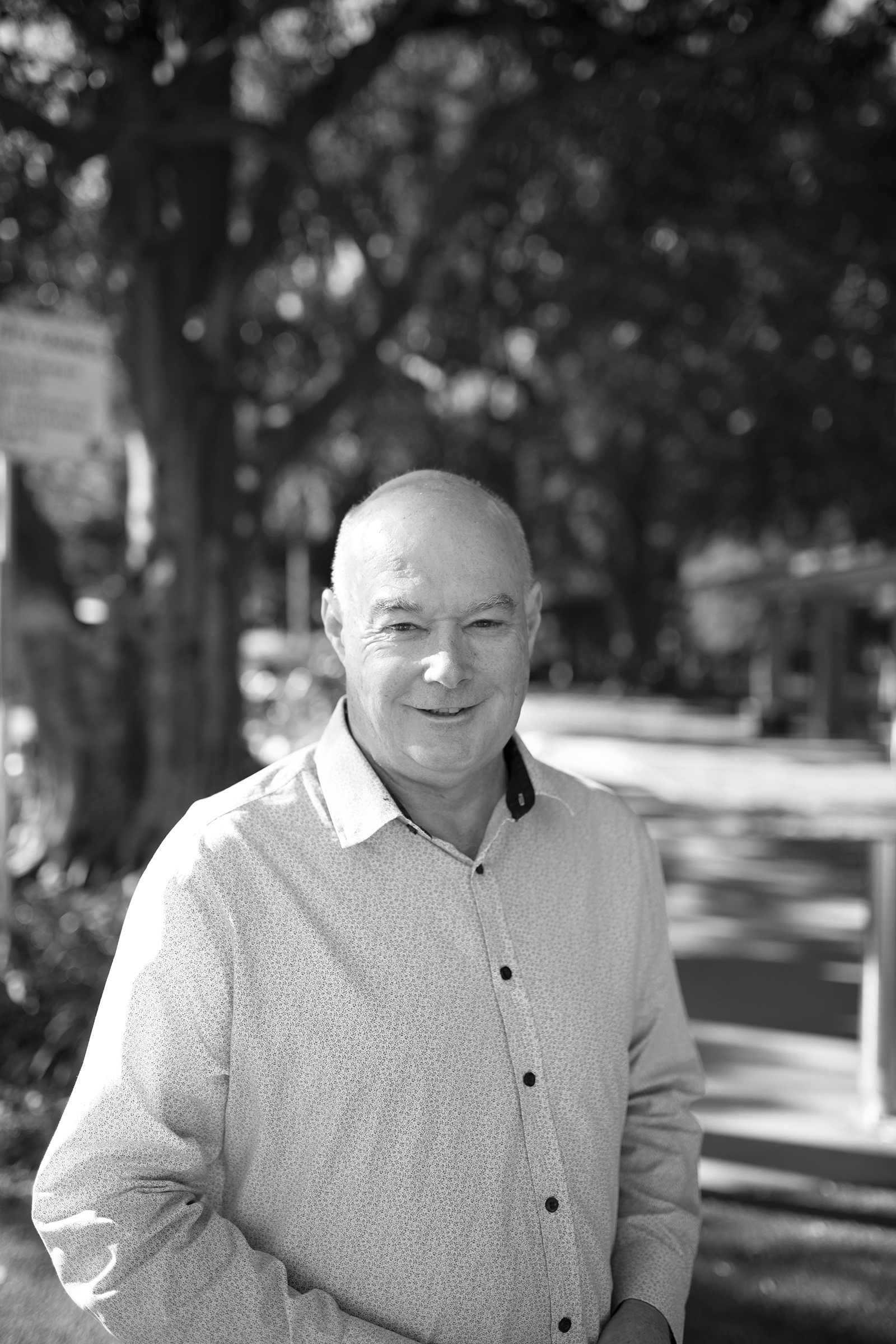
As Mark takes on a new role as Practice Fellow we know that he will remain connected to Fulton Trotter Architects over our future years. It has been a wonderful and inspiring journey for us all.

